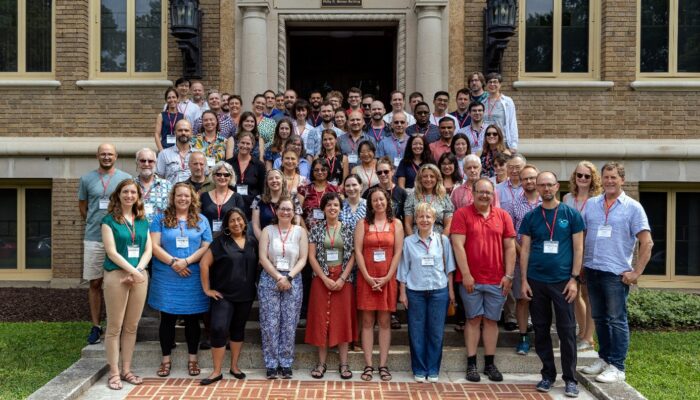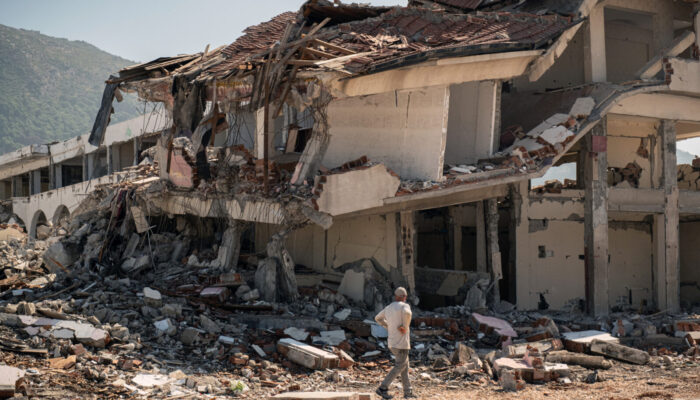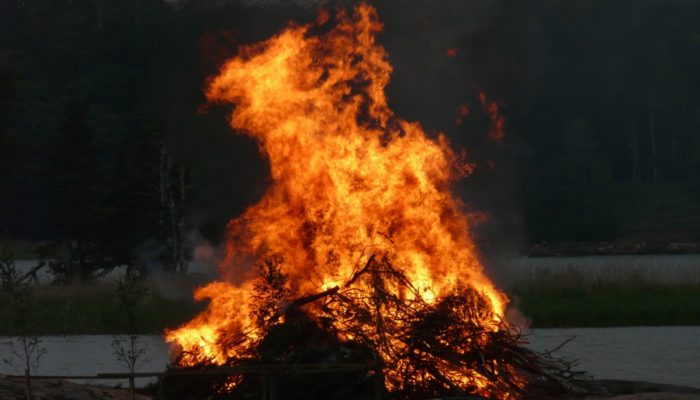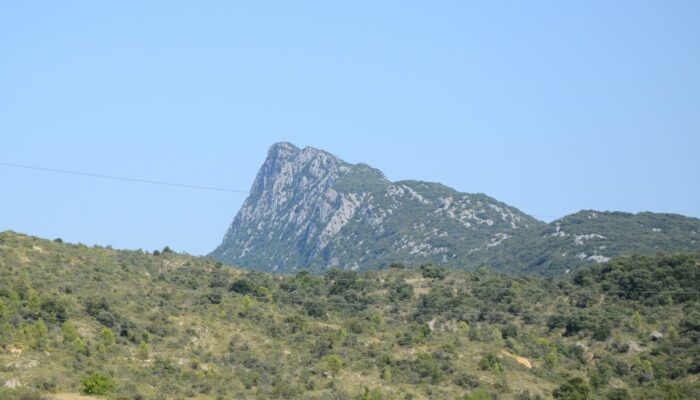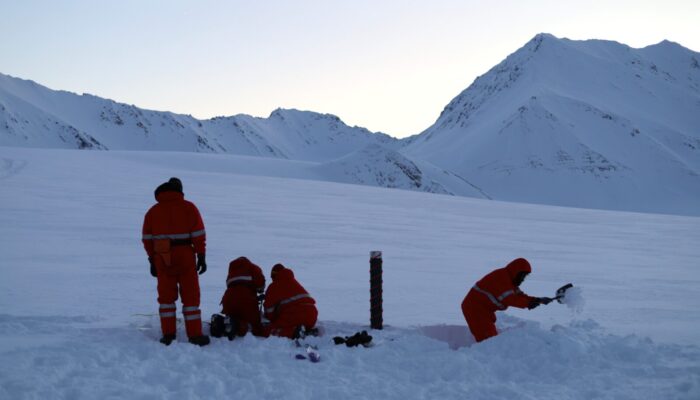A guide for early career researchers exploring opportunities beyond academia Pursuing a PhD often starts with the assumption that your next step will be a postdoc, followed by a tenure-track position. But, for a number of reasons, many early career researchers are starting to look beyond academia. Industry careers represent an appealing alternative as they offer stimulating work, competitive salar ...[Read More]
Tectonics and Structural Geology
Geomythology. True science and/or strong communication medium ?!
Geomythology is a relatively recent term, coined by Dorothy B. Vitaliano in 1966. It represented the birth of what will become a new multidisciplinary approach, aimed not only at explaining the geological meaning of natural phenomenon behind long-told folklore (myths and legends), but also at bridging the communication gap between scientists and non-scientists (Vitaliano, 1973). Geomythology estab ...[Read More]
Geodynamics
The Sassy Scientist – Gone but not forgotten: a tribute
Between protests and strikes, I finally found some time to answer some questions. In case you are not aware – idk how that’s possible… do you live on Neptune? – everything is on fire, has been for a long time tbf. So I chose Michel’s question. They ask: I’m lost. I feel like I don’t belong in academia, but neither in industry. What do I do? Dear Michel, Gosh, it has been a long time si ...[Read More]
Stratigraphy, Sedimentology and Palaeontology
Introducing the TIMES initiative
TIMES is the acronym of a large-scale international science initiative “Time Integrated Matrix for Earth Sciences” (Link: https://www.codd-home.net/times/). The idea is to launch a global program with the aim of synchronizing age models for particularly important geological climate records from the past 100 million years. The motivation for this program is given in a white paper published in the j ...[Read More]
Ocean Sciences
Call for input: A Fisherman’s Guide to Marine Carbon Dioxide Removal
As climate change continues to reshape our oceans, science communication remains vital to the research and development of mitigation strategies. For scientists and engineers working on climate solutions, much of the conversation happens through technical papers, conference presentations, and policy memos. But invested communities outside these circles may have little access and limited time to con ...[Read More]
Natural Hazards
Disaster Risk Reduction in Humanitarian Action – An interview with Gözde Kazaz from Hayata Destek (Support to Life)
This summer, we participated in a Service-Learning course titled “Breaking the Cycle of Disaster, Response, Recover, and Repeat”. The course was developed by Solmaz Mohadjer and offered as part of the Transdisciplinary Course Program at the University of Tübingen, Germany. We were brought together from different disciplines to explore key factors that contribute to effective disaster risk reductio ...[Read More]
Geodesy
EGU Campfire Geodesy – Share Your Research – 13th Edition
We are excited to announce the 13th edition of Geodesy Campfire – Share Your Research in November. The Geodesy EGU Campfire Events “Share Your Research” give (early career) researchers the chance to talk about their work. We have two exciting talks by our guest speakers, Maciej Michalczak and Alex Lăpădat. Below, you can find the details of the topics awaiting us. We will have time to network afte ...[Read More]
Tectonics and Structural Geology
Throwback Summer – retracing student steps at the Pic Saint-Loup, France
The region around the Pic Saint-Loup is a popular destination for many European universities to teach mapping field courses – and there is a reason for it, even besides the great landscape, good food and nice weather. Let’s take a tour to discover why! The Pic Saint-Loup itself is indeed so impressive that some former students return at later stages in life “dragging” along other geologists ...[Read More]
Geodynamics
The hidden effects of academic excellence: workaholism in Academia
Years have passed since I started my academic career, and I have come to realise that, in academia, excellence appears to come with a price tag. Stress and pressure have become commonplace for academics, often normalising certain behaviours such as workaholism. This essay explores how workaholism have become a common practice in these working environments. It was late, the library lights were blin ...[Read More]
Cryospheric Sciences
Cryo Adventures – Discovering the beauty of polar winter
Only one month after starting my PhD, I found myself in a tiny plane flying over one of the most beautiful and breathtaking landscapes I’ve ever seen. I was on the way to the northernmost settlement in the world – the research village Ny-Ålesund. What I expected from the trip: cold temperatures, darkness, and lots of snow. What I found instead: stunning views, magical colors, friendly people, and ...[Read More]




